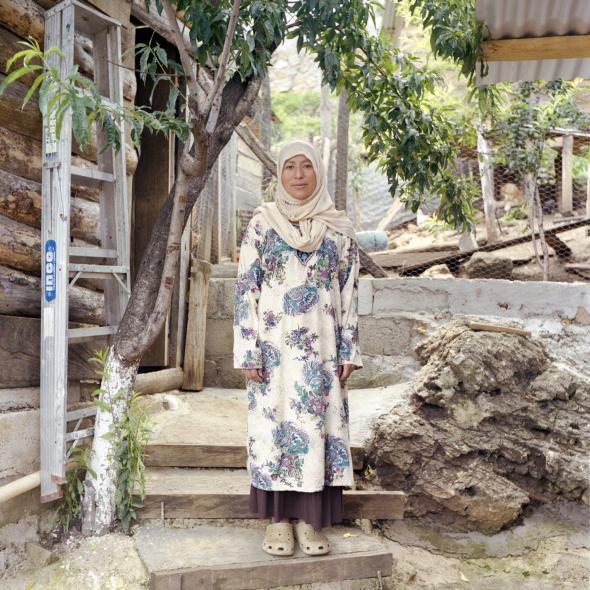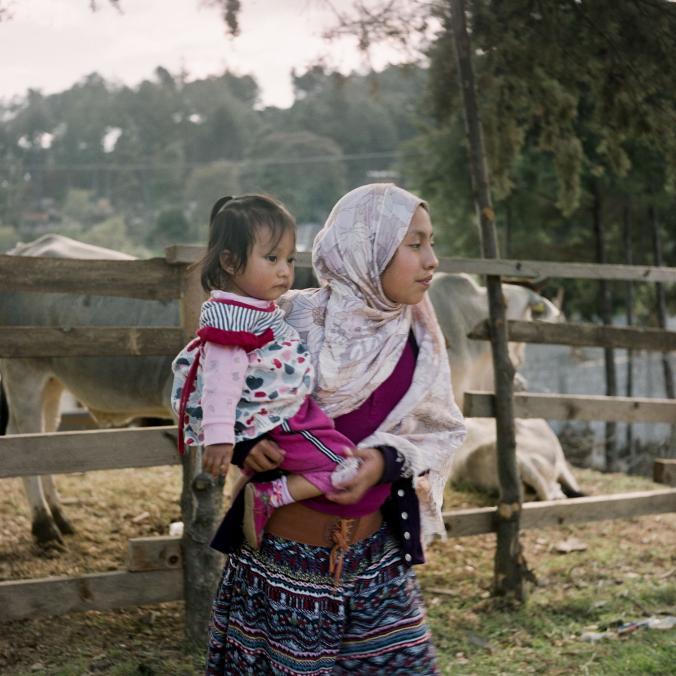Chiapas, Mexico: In Mexican Town Chiapas, 400 Mexicans are building a new identity by merging their indigenous practices with Islam.
According to article published in National Geographic, Islam came to Mexico in spurts over the past decades, with immigrants from Lebanan and Syria, and even a group of Spanish Sufi Muslims who came to convert members of the Zapatista revolutionaries in the ‘90s. It caught on quickly. The country now has around 5,270 Muslims—triple what it had 15 years ago, Iacolutti says. An Arabic teacher helps them read the Quran and a scholarship offers a chance to study at a medina in Yemen.
In Mexico, which is largely Catholic, Iacolutti found that having a belief system is more important than following a particular religion. She spoke to Catholic mothers who didn’t want their daughters to convert to Islam, but were pleased when the change inspired a more pious way of life. “In Mexico it’s better to convert to Islam than in Europe,” she says. “They don’t think of terrorists.”
“They want to build identity,” Iacolutti says of the new Mexican Muslims. “What is pleasing about Islam is that it brings practical actions in daily life: You have to pray five times each day. You can’t eat pork and you can’t drink alcohol.”
Converts are fueling the growth in Mexico City, while high birthrates and large families spur it on in rural regions.
After a year of living with the community, Iacolutti asked for an introduction to the imams who tended to a rural community of Muslims in the southern state of Chiapas. By merging their indigenous practices with Islam, these 400 converts lived much differently than their Mexico City counterparts.
For one, they tend to blend in easily, since many indigenous women wrap their heads in scarves. “I want to speak my language, I want to put on the indigenous dress, but I also want to believe in allah,” they told Iacolutti.
But the remoteness makes it difficult to maintain important tenets of their religion. Chiapas is a poor state, and meat that has been butchered in accordance to Islam, called halal, is rare. During one holiday feast, Iacolutti watched as the community sacrificed two cows and immediately brought meat to their Christian neighbors. “One ideal of Islam is you have to help a person that is poorer than you,” she says. “It’s not important if you believe in another god—you are my neighbor and you can eat the same food.”
Iacolutti is an atheist, but she was never once asked to convert. In such a devout country, her subjects seemed unbothered by a nonbeliever in their midst. Once, in a conversation with a Muslim woman in Mexico City she felt a longing for the other’s faith. “I think you have a very rich life because you believe,” Iacolutti told her. “I don’t believe. I see you and think you have a better life.”
The woman scolded her. “You take pictures,” she replied. “Your god is photography and beauty and information. You believe in this. I believe in allah.”
(This article has been written by Nina Stroulick, is a staff writer covering culture, adventure, and science for National Geographic magazine.)
(Photograph taken by Giulia Ecouluti is an Italian photographer based in Mexico City.)






